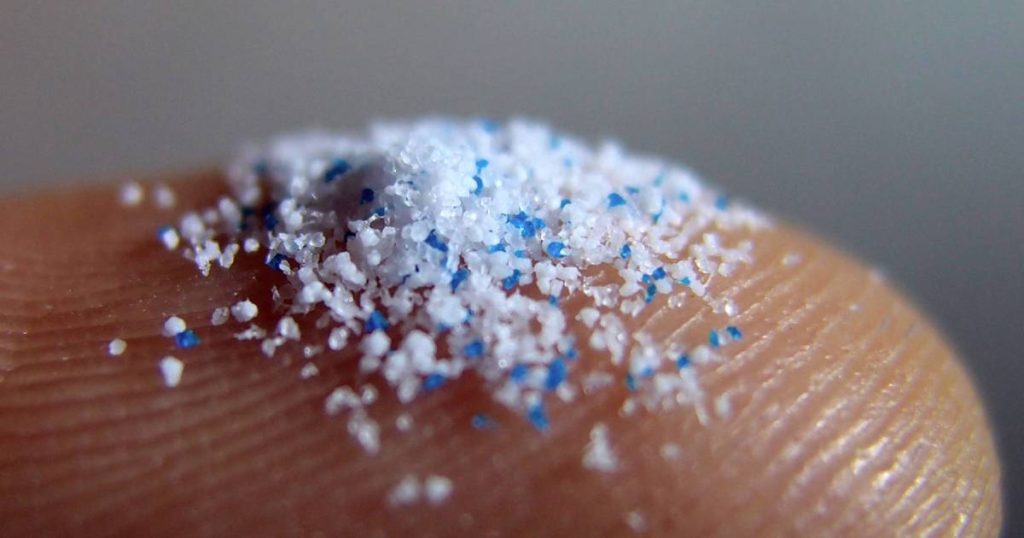American researchers have discovered microplastics in the human placenta. This is evidenced by a study conducted by the University of New Mexico (UNM) School of Health and published in the scientific journal “Toxicological Times”. Scientists are concerned about the potential consequences for the health of developing fetuses.
A team of researchers from UNM examined 62 samples of donated human placenta. Microplastics are found in all placentas. A similar study was conducted in Italy in 2020, where microplastic particles were found in four of the six placentas examined.
Thanks to a new analysis method, it became clear that this relates to 6.5 to 790 micrograms (a microgram is a millionth of a gram) per gram of tissue. Although the numbers seem small, researchers are concerned about the health effects of the steadily increasing amount of microplastics in the environment. The most common type of plastic found in placenta is polyethylene. This material is used, for example, in the manufacture of plastic bags and bottles and constitutes no less than 54 percent of the total amount of plastic.
The research was led by Professor Matthew Campin from the University of New Mexico in the United States. “If we see effects on the placenta, it could affect the entire life of mammals on the planet. That's not good,” he said. He is also concerned about the potential consequences for the health of developing fetuses.
Plastic has been in our bodies for some time
Microplastics are tiny plastic particles, smaller than five millimeters, that are created by the wear and tear of larger plastics, or, for example, car tires. Washing synthetic clothing can also produce microplastics, which then end up in wastewater.
It has been known for some time that people ingest microplastics through food and water or even by inhalation. Microplastics have also previously been found in the stool of adults and children.
However, it is alarming that the placenta also contains such an amount of microplastics, as placental development begins about a month after pregnancy begins. Other human organs are exposed to microplastics for much longer periods of time.
Further research is planned
It is still unclear what health effects microplastics have in our bodies, but the increasing concentration could explain the increase in some health problems such as inflammatory bowel disease (IBD) and colon cancer in people under the age of fifty. A 2021 study found that people with inflammatory bowel disease (IBD), a chronic disease of the digestive system, had 50 percent more microplastics in their stool. Microplastics are also a possible explanation for decreased sperm cell counts.
Campin and his colleagues plan to conduct more research to solve these mysteries, but until then he is very concerned about the increasing production of plastic around the world. He expects that “it will get worse, and the trajectory is to double every 10 to 15 years.” “So, even if we stopped that today, by 2050 there would be three times as much plastic as there is today. We won’t stop that today.”
85% less plastic in the oceans by 2050? This is possible, according to this Ukrainian researcher (+)
“We eat about 900 plastic particles every day”: Through which food do we absorb the most microplastics? Can we avoid this? (+)
Free unlimited access to Showbytes? Which can!
Log in or create an account and never miss a thing from the stars.

“Lifelong food practitioner. Zombie geek. Explorer. Reader. Subtly charming gamer. Entrepreneur. Devoted analyst.”











More Stories
Revealing the ten countries that support Ukraine the most
Funny protest against mass tourism in Galician village
Kamala Harris has wind in her sails, but Trump can still win